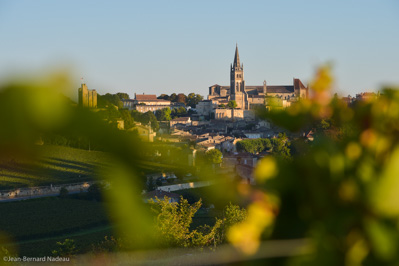


Historic context
The history of the Saint-Émilion vineyards dates back to the dawn of time. It took many centuries and the combination of Man’s work and nature’s way to culminate in the UNESCO World Heritage listing, but it was in the 20th century that the process quickened.
The winemakers, fully aware of their exceptional heritage, regularly undertake initiatives to maintain the excellence of their vineyards. Following the creation of the Saint-Émilion AOC, the Saint-Émilion Jurade was born again and the revisable classification was put in place. The wine estates began opening to the public and environmental protection as well as sustainable development measures became more systematically introduced. All these demanding requirements stimulated the winegrowers in their obsession to achieve excellence and led them to obtain UNESCO recognition in 1999.
The Saint-Émilion winegrowing area was listed as a UNESCO World Heritage site 20 years ago for its cultural landscapes.
This was one of many key events that feature in the amazing history of Saint-Émilion’s wines: it contributes to their reputation amongst a clientele of connoisseurs worldwide.

Criterion (iii) – The Jurisdiction of Saint Emilion is an outstanding example of an historic vineyard landscape that has survived intact and in activity to the present day.
Criterion (iv) – The historic Jurisdiction of Saint Emilion illustrates in an exceptional way the intensive cultivation of grapes for wine production in a precisely defined area.
